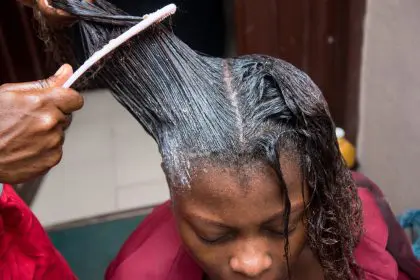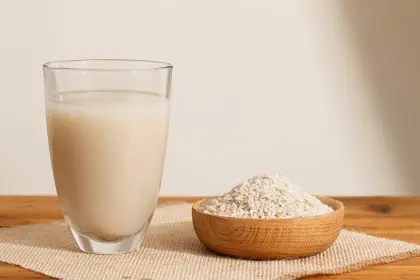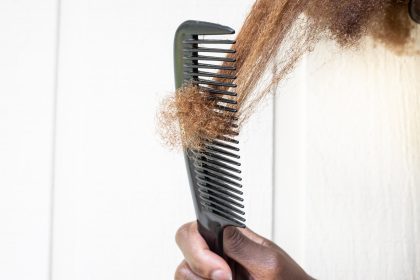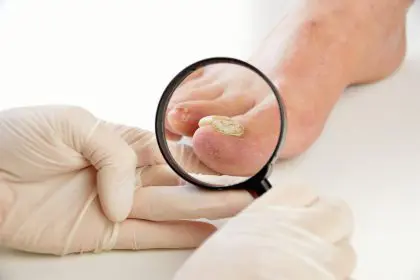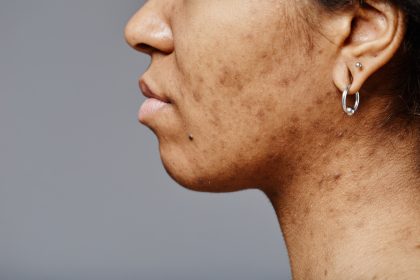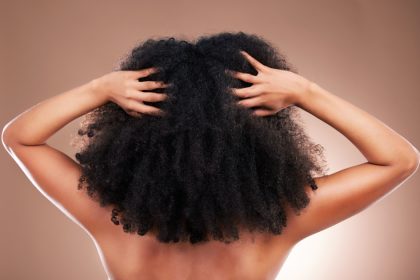Hair damage affects millions of people worldwide, leaving strands brittle, lifeless, and prone to breakage. Years of heat styling, chemical processing, environmental exposure, and mechanical stress gradually strip away the natural protein structure that gives hair its strength and elasticity. However, a revolutionary approach to hair restoration has emerged that targets the root cause of damage by rebuilding the protein foundation from within.
Protein treatments represent a fundamental shift in hair care philosophy, moving beyond surface-level conditioning to address the structural integrity of individual hair strands. These specialized therapies work by delivering concentrated protein molecules directly into the hair shaft, where they bind to existing keratin and fill in gaps created by damage and wear.
The science behind protein treatments lies in understanding hair’s natural composition, which consists of approximately 95% protein, primarily keratin. This complex protein structure provides hair with its strength, flexibility, and resilience. When this protein network becomes compromised through various forms of damage, hair loses its ability to maintain moisture, resist breakage, and retain its natural shine and movement.
1. Keratin rebuilding repairs structural damage
The primary mechanism through which protein treatments work involves rebuilding the keratin matrix that forms the foundation of healthy hair. Keratin proteins consist of long chains of amino acids linked together by chemical bonds that give hair its strength and flexibility. When these bonds break due to damage, the hair shaft develops weak spots that lead to breakage and deterioration.
Protein treatments contain hydrolyzed proteins that are small enough to penetrate the hair cuticle and reach the cortex, where the majority of hair’s structure resides. These proteins attach to existing keratin molecules and help rebuild the damaged protein network. The process creates a reinforced structure that restores much of the hair’s original strength and elasticity.
The rebuilding process typically occurs gradually over several treatment sessions, as the hair shaft requires time to fully integrate the new protein molecules. Regular protein treatments can progressively restore hair that has been severely damaged by chemical processing, heat styling, or environmental factors.
2. Moisture retention improves dramatically
Damaged hair struggles to retain moisture because gaps in the protein structure allow water molecules to escape easily. This moisture loss leads to dryness, frizz, and increased susceptibility to further damage. Protein treatments address this issue by filling in the microscopic gaps and creating a more cohesive hair structure that can hold moisture effectively.
The improved moisture retention creates a cascade of benefits including increased softness, reduced frizz, and enhanced manageability. Hair that can maintain proper moisture levels appears healthier, feels smoother to the touch, and requires less daily styling effort to achieve desired results.
The moisture-retaining effects of protein treatments often become apparent within the first few applications, with continued improvement over subsequent sessions. This rapid improvement in moisture retention helps prevent additional damage while the rebuilding process continues.
3. Breakage prevention strengthens weak strands
One of the most noticeable benefits of protein treatments involves the significant reduction in hair breakage that occurs as the protein structure is restored. Weak, damaged hair breaks easily during brushing, styling, and even gentle manipulation. This breakage not only reduces hair length but also creates an uneven, unhealthy appearance.
Protein treatments strengthen the hair shaft by reinforcing the areas most prone to breakage, particularly the points where the hair has been weakened by chemical processing or mechanical stress. The added protein support helps distribute stress more evenly throughout the hair strand, reducing the likelihood of sudden breaks.
The strengthening effects typically become apparent within two to three weeks of beginning protein treatments, with continued improvement over several months of consistent use. Many people notice dramatically less hair in their brush and shower drain as the treatments take effect.
4. Heat damage reversal restores flexibility
Excessive heat styling creates some of the most severe forms of hair damage, causing protein structures to denature and lose their natural flexibility. This heat damage leaves hair stiff, brittle, and prone to snapping when manipulated. Protein treatments can partially reverse this damage by providing new protein molecules to replace those that have been denatured.
The restoration of flexibility allows hair to move naturally and respond appropriately to styling efforts without breaking. This renewed flexibility also improves the overall appearance and feel of the hair, making it softer and more manageable.
The reversal of heat damage typically requires consistent protein treatments over several months, as the severely altered protein structures need time to be replaced with healthy molecules. However, even heavily heat-damaged hair often shows improvement within the first month of treatment.
5. Chemical damage repair restores balance
Chemical processing, including coloring, perming, and relaxing, creates significant disruption to the hair’s protein structure. These processes alter the natural bonds within the keratin matrix, leading to weakness and instability. Protein treatments help restore balance by providing the building blocks needed to reform healthy protein structures.
The repair process varies depending on the type and extent of chemical damage, with some forms responding more quickly than others. Color-treated hair often shows rapid improvement, while chemically straightened or permed hair may require longer treatment periods to achieve optimal results.
Regular protein treatments can help maintain hair health in people who continue to use chemical processing, creating a protective buffer that minimizes ongoing damage while maintaining the desired aesthetic results.
6. Porosity regulation improves hair health
Damaged hair often develops irregular porosity, meaning some areas absorb and release moisture too quickly while others resist moisture altogether. This uneven porosity creates unpredictable styling results and makes it difficult to maintain consistent hair health. Protein treatments help regulate porosity by creating a more uniform hair structure.
The regulation of porosity allows hair care products to work more effectively and consistently throughout the hair shaft. This improved product absorption enhances the benefits of other treatments and styling products, creating better overall results.
The porosity regulation effects of protein treatments typically develop gradually over several months of consistent use, with the most dramatic improvements occurring in severely damaged hair that had very irregular porosity patterns.
7. Shine restoration brings back natural luster
Healthy hair reflects light evenly due to its smooth cuticle structure and intact protein matrix. Damaged hair loses this ability to reflect light, appearing dull and lifeless. Protein treatments help restore natural shine by rebuilding the internal structure that supports proper cuticle alignment.
The restoration of shine occurs as the protein treatments fill in gaps and smooth irregularities in the hair shaft. This creates a more uniform surface that reflects light consistently, producing the natural luster associated with healthy hair.
The shine restoration effects often become apparent relatively quickly, with many people noticing improved light reflection within the first few treatments. Continued use enhances this effect, creating increasingly vibrant and healthy-looking hair.
8. Elasticity improvement prevents future damage
Healthy hair possesses natural elasticity that allows it to stretch and return to its original length without breaking. This elasticity protects hair from damage during styling and daily manipulation. Protein treatments help restore this crucial property by rebuilding the protein structures responsible for flexibility.
The improvement in elasticity creates a protective effect that helps prevent future damage from styling and environmental factors. Hair with proper elasticity can withstand more stress without breaking, reducing the ongoing damage that often occurs with weakened strands.
The elasticity restoration process typically requires several months of consistent treatment, as the complex protein structures responsible for flexibility take time to rebuild completely.
9. Long-term hair health maintenance
Protein treatments provide ongoing benefits that extend far beyond the immediate repair of existing damage. Regular use helps maintain the hair’s protein structure, preventing the gradual deterioration that naturally occurs over time. This maintenance aspect makes protein treatments valuable for both damaged and healthy hair.
The long-term benefits include sustained strength, improved moisture retention, and enhanced resistance to future damage. Hair that receives regular protein treatments typically maintains better overall health and appearance compared to hair that relies solely on surface-level conditioning treatments.
The maintenance protocol for protein treatments varies depending on hair type and damage level, with most people benefiting from weekly or bi-weekly applications. Overuse can lead to protein overload, making proper scheduling essential for optimal results.


